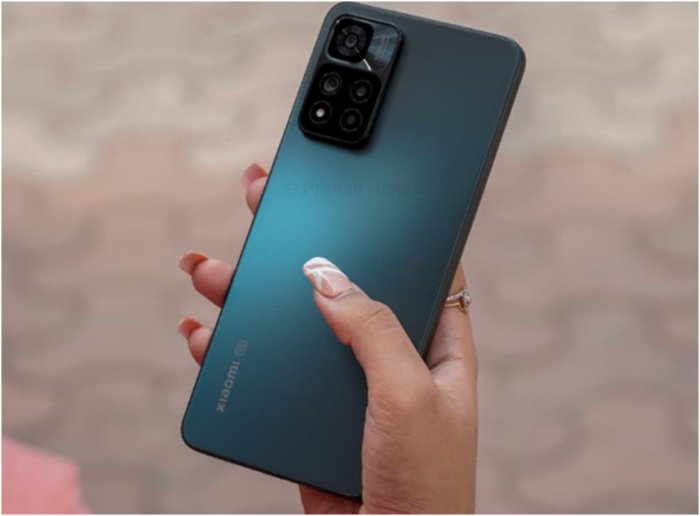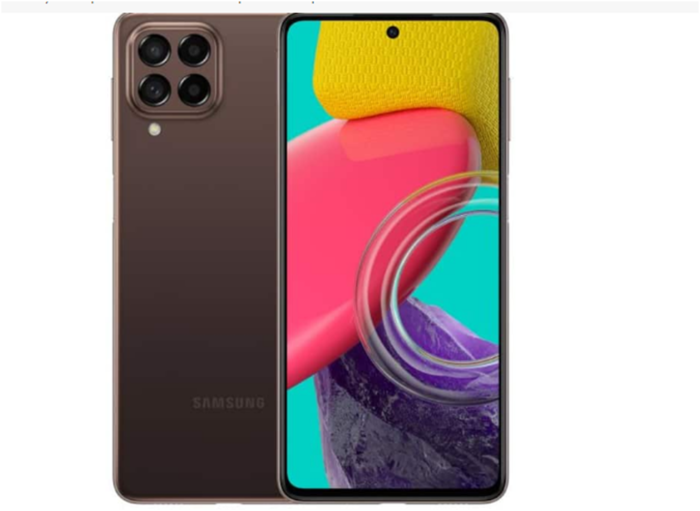This Laser Charges Smartphones From 30 Meters Away
South Korean scientists have made a laser that can be used to wirelessly charge mobile devices like smartphones from up to 30 metres away. All you need is a clear line of sight.
In recent years, it has become easier and easier to charge mobile devices. Twenty years ago, every cell phone still had its own charging cable. Now, we use USB Type-C or Lightning connectors almost exclusively. You can also charge many things wirelessly.

Now, scientists at Sejong University in South Korea have made this technology even better. To do this, they came up with a way for mobile phones to be charged wirelessly from up to 30 metres away. Cafe owners could, for example, use a system in the ceiling to charge their customers’ phones. How does it work, though?
Wireless Charging: Power Transmission Via Laser Can Be Dangerous
So far, the technology isn’t making a strong case. One of the main reasons is that the laser must be able to show how energy is being sent. This could be dangerous for us humans.
We wouldn’t get hurt by the laser beams in a direct way. In theory, however, the radiation could cause changes in the DNA of cells, which could lead to cancer. But the new system from South Korea is convincing because it uses infrared light’s properties.
In the first test setups, about 400 milliwatts of power could be sent 30 metres away. This is not enough to charge a smartphone, but it is a step in the right direction.
New Technology Relies On Line Of Sight Between Transmitter And Receiver

Line of sight transmission is used for medium-range radio transmission, like cell phones, cordless phones, walkie-talkies, wireless networks, FM radio and TV broadcasting, radar, and satellite communication, like satellite TV.
Again, the new method is safe because the energy stops coming from the laser as soon as the line of sight between the device and the laser is broken. Also, the laser only sends out light with a wavelength of 1,550 nanometers, which is a very safe length.
Line of sight (LoS) is a type of propagation that can only send and receive data between stations that can see each other and are not blocked by anything. Line-of-sight communication is used by things like FM radio, microwaves, and satellites.
In the next step, the researchers want to find a way to wirelessly charge mobile devices. Then, maybe one day, we could use the technology every day. Then, phones and other devices like them would charge themselves in cafes without anyone doing anything.






![SIMS 4 Download Free For PC Full Version 2019 [UPDATED] SIMS 4 Download](https://www.geniustechie.com/wp-content/uploads/2019/03/SIMS-4-Download-100x70.jpg)


